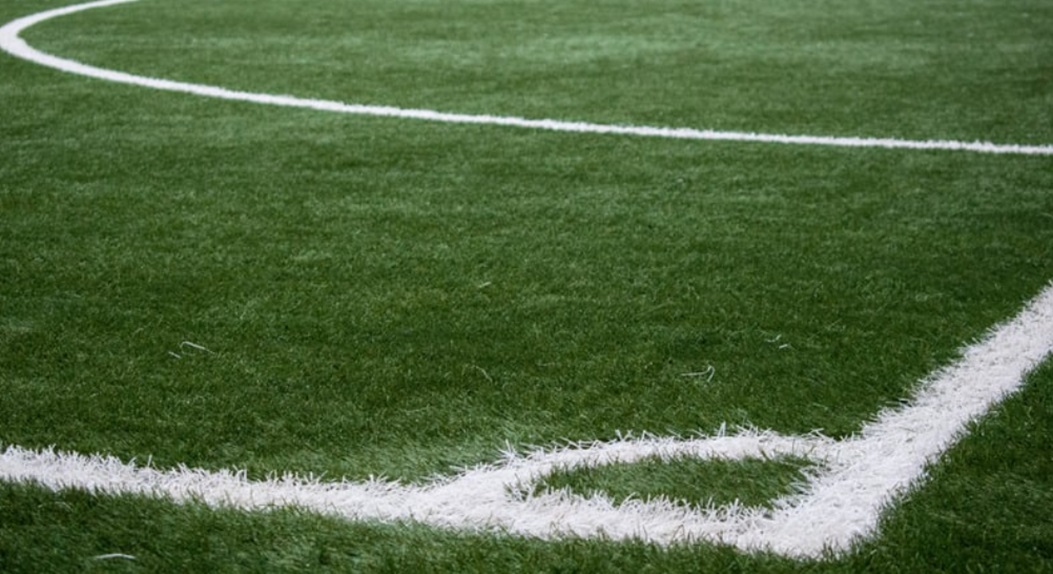Choosing the right field marking paints for athletic fields is not just a matter of color—it’s about durability, surface compatibility, safety, and visibility. Whether you’re managing a local soccer pitch, a school football field, or a professional stadium, selecting the appropriate marking paint tailored to the sport and field type is essential for optimal performance and long-lasting results.
Selecting paint that aligns with the sport’s specific demands can enhance game visibility and player safety and reduce maintenance cycles. Understanding the differences in paint types and how they interact with different surfaces helps ensure both visual appeal and functionality.
Temporary vs. Permanent Paint: Know the Difference
Before purchasing any paint, it’s crucial to understand whether your field requires temporary or permanent field marking paints. Temporary paints are ideal for multi-purpose fields or sports complexes where markings change frequently, such as alternating between soccer and lacrosse. These paints are designed to fade naturally over time or be removed without damaging the turf.
Permanent paints, on the other hand, are best suited for dedicated sports fields where long-term visibility and resistance to weathering are priorities. Permanent solutions offer greater durability and are formulated to withstand repeated mowing, foot traffic, and weather exposure. Choosing between these types should depend on how often the field changes its use and the level of traffic it experiences.
Surface Matters: Natural Grass vs. Artificial Turf
The type of field surface plays a major role in determining the right paint. For natural grass fields, it’s vital to select water-based paints that are non-toxic and won’t damage or inhibit grass growth. They should also dry quickly and be formulated to minimize runoff in wet conditions.
Artificial turf, however, requires specially designed paints that adhere to synthetic fibers and resist smudging or fading due to UV exposure. Professionals consider the composition of the turf backing and pile height before selecting the appropriate formulation to ensure strong adhesion and sharp line edges.
Sport-Specific Considerations
Each sport demands unique marking standards. Football fields require high-visibility, wide lines for yardage markings and end zones, while baseball needs sharper, thinner lines around baselines and outfield markers. Soccer fields benefit from consistent, narrow lines for clear player positioning, whereas lacrosse fields need additional hash marks and arcs that are often layered over existing soccer lines.
Using professional-grade field marking paints designed for these specific requirements ensures compliance with game regulations and provides players and officials with accurate visual guides. Knowing the standard color codes and dimensions for each sport also aids in proper planning and execution.
Enhancing Visibility and Finish
Field paint quality isn’t only about color—it’s also about finish. A well-applied paint should resist fading, cracking, or bleeding under heavy use. Advanced paints offer vibrant pigmentation and can be mixed with optical brighteners for enhanced visibility under stadium lights. This attention to detail is key when maintaining professional-looking sports fields, especially in venues where aesthetics matter alongside performance.
Conclusion
Selecting the right field marking paints goes far beyond picking the right hue—it’s about choosing a formula tailored to the sport, field surface, and frequency of use. From temporary options for shared fields to durable permanent coatings for high-impact sports, understanding the distinct requirements of each scenario ensures the best results. Professional paint application services not only help select the right product but also guarantee consistent, regulation-compliant markings that stand the test of time and gameplay.


